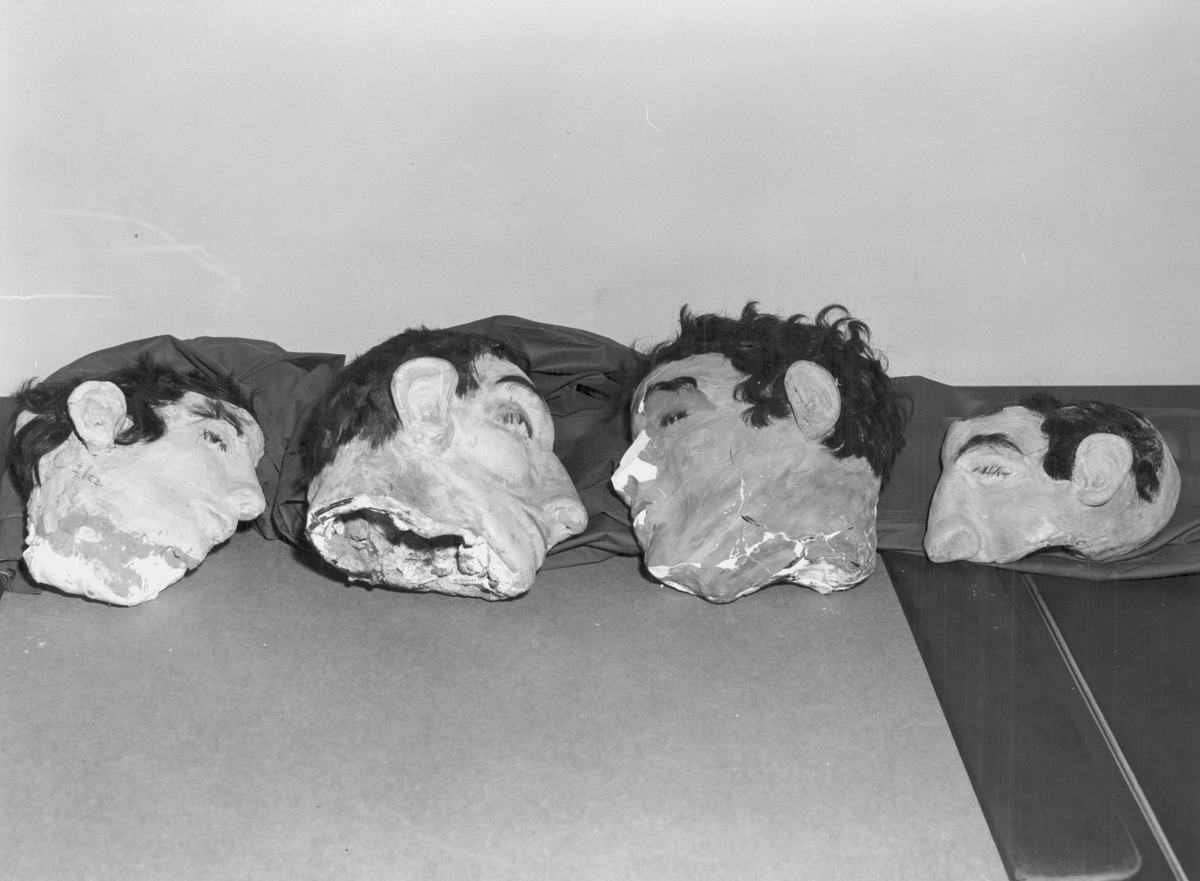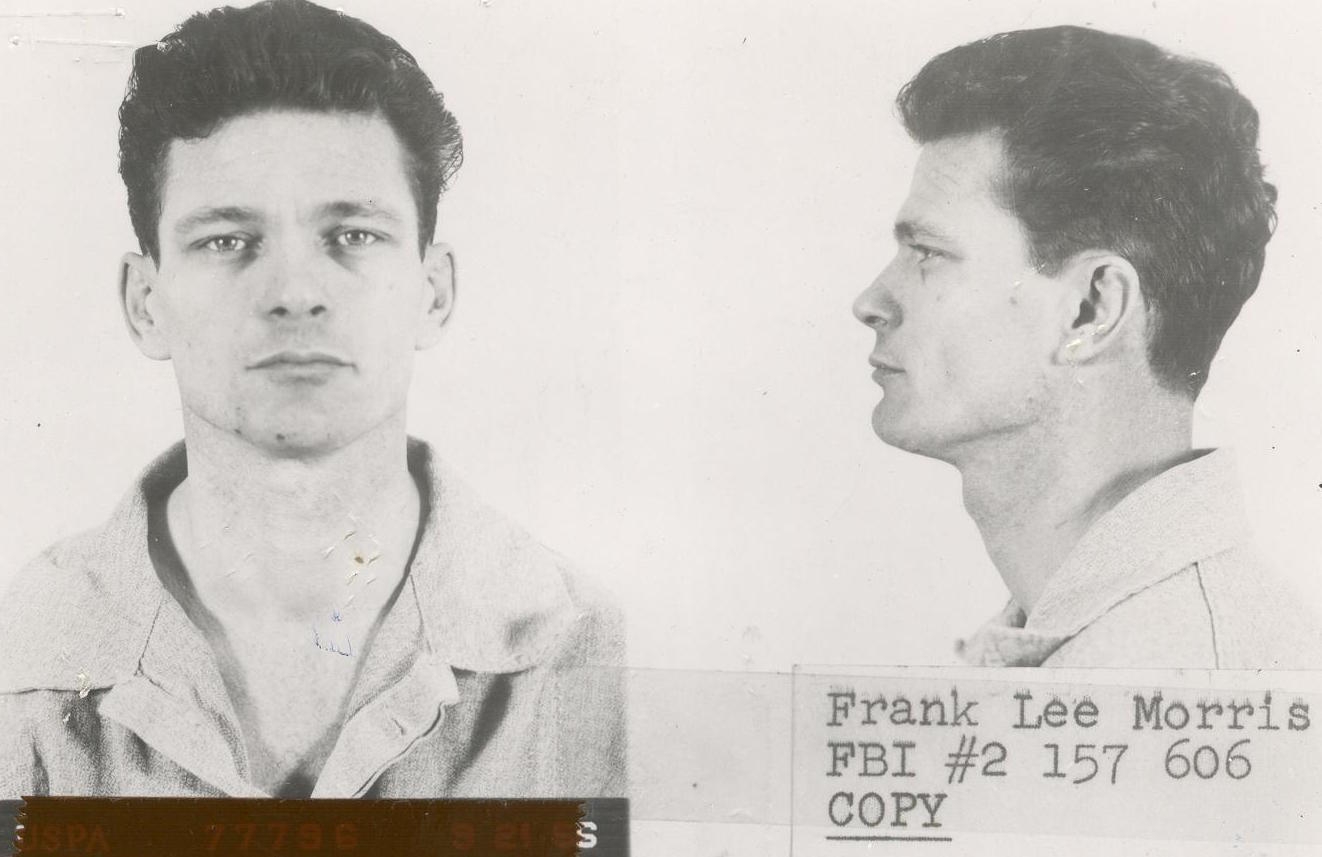With the news that President Trump is looking to reopen Alcatraz, we wondered whether it’s true that there’s never been a successful prison break from the notorious island. This led us to a fascinating piece of research by scientists in 2014 that looked into the most famous escape attempt that occurred in June 1962. Their verdict: with a dollop of luck, the prisoners just might have made it.
To rewind a bit, Alcatraz Federal Penitentiary was originally built as a military fort in the 1850s on a crag of rock in San Francisco Bay. In 1934, it officially became a federal prison, designed to hold the country’s most disruptive and escape-prone inmates. Over the next 29 years, it housed some of the most well-known figures in American criminal history, including Al Capone and George “Machine Gun” Kelly (that’s the Prohibition-era gangster, not the rapper turned pop-punk guy).
Surrounded by shark-infested waters, fast-moving currents, and strong winds, Alcatraz quickly earned a reputation as a place where escape was impossible – at least that’s what authorities hoped.
On the night of June 11, 1962, three prisoners – Frank Morris and brothers Clarence and John Anglin – launched one of the most ambitious escape attempts (a fourth inmate, Allen West, was involved, but ultimately stayed behind).

Dummy heads used by Clarence Anglin, John Anglin, and Frank Morris to conceal their absence from their beds.
Image credit: FBI
Guards only learnt about the escape the following morning during a routine check of the cells. Inside their beds, they found papier-mâché heads with real human hair that were used to dupe the night guards.
The trio had spent months using sharpened spoons and a drill made from a vacuum cleaner motor to widen the ventilation ducts beneath their sink. On that fateful night, they climbed through the ventilation shafts and managed to get out of the main structure. Once on the shoreline, they launched a makeshift raft stitched together from dozens of raincoats and vanished into the bay.
They were presumed dead as their raft was found broken in the San Francisco Bay and their bodies were never recovered. However, in 2014, a research project by Delft University in the Netherlands suggested that their survival might have been possible.

Mugshot of Frank Morris, the convicted bank robber who is often said to have been the brains behind the escape plan.
Image credit: FBI
Inspired by a 2003 episode of the show Mythbusters, the team of Dutch researchers used a computer model that used old tidal records to simulate the movement of water in the bay on the night of June 11, 1962. Together with modern-day high-resolution datasets, they simulated 50 boat launches from different points on Alcatraz Island every 30 minutes between 10 pm and 4 am.
In sum, if the escapees had left the island between 11 pm and midnight, it is possible they might have eventually ended up north of the Golden Gate Bridge and possibly survived. Before this brief window, it’s likely they would have been carried to the Pacific Ocean, where they would have faced a near-certain death.
So, the odds are not in favour of the escapees. The researchers noted that even the best-case scenario would have required an “Olympic-level effort by those paddling,” plus it’s unlikely they had any solid idea about the hydraulic conditions of the bay just after 11 pm that night. There is also no certainty that the models took into account all the necessary variables, such as the extremely cold temperature of the waters that would make hypothermia likely.
Nevertheless, the ongoing speculation that Morris and the Anglin brothers did successfully escape continued to keep some law enforcement officials up at night. As recently as 2022, the US Marshals Service released digitally aged images of what the three fugitives might look like 60 years later, wrinkles and all.
It was a quiet reminder that, while Alcatraz may have closed its doors decades ago, its most famous jailbreak remains an open case.
Source Link: Was Alcatraz Inescapable? A Study Suggests A 1962 Jailbreak May Have Been A Success